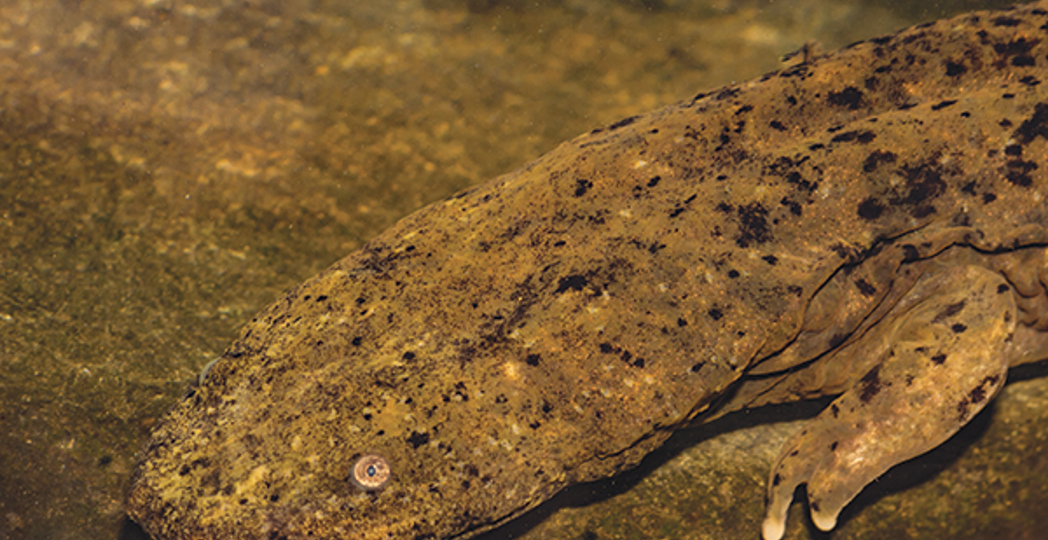Helping the Eastern Hellbender's Habitat
by Vince Guerrieri | Aug. 18, 2024 | 9:00 AM

iStock Photo
The eastern hellbender requires cool, fast-moving and clean water. And in Ohio for many years, that was a tall order.
“Hellbenders breathe through their skin, and if they’re breathing in toxic chemicals, they can’t really breathe,” says Moni Bowman Bell, a wildlife communications specialist for the Ohio Division of Wildlife in Akron. “They need access to clean water and clean and safe housing – just like people.”
As a result, some hellbender eggs were taken to the Columbus Zoo to be hatched, and those hellbenders were released back into the wild. There have been several such releases, Bell says, mostly throughout Southeast Ohio.
RELATED: Northern Ohio’s Only Venomous Snake is a Focus of Conservation
Growing as big as 27 inches long, hellbenders are the largest salamanders in North America, but their populations can be hard to monitor, Bell says, because of where they live.
“They like big rocks,” she says. “A lot of their habitats are under rocks that you can’t even move.”
That led to the creation of the “hellbender hut.” It’s a large pre-cast concrete hut that mimics the hellbender habitat – but there’s a way to open the top to see if nests are being built and eggs are being laid.
RELATED: Bald Eagles are a Symbol of Ohio’s Conservation Success
For more updates about Cleveland, sign up for our Cleveland Magazine Daily newsletter, delivered to your inbox six times a week.
Cleveland Magazine is also available in print, publishing 12 times a year with immersive features, helpful guides and beautiful photography and design.

Vince Guerrieri
Vince Guerrieri is a sportswriter who's gone straight. He's written for Cleveland Magazine since 2014, and his work has also appeared in publications including Popular Mechanics, POLITICO, Smithsonian, CityLab and Defector.
Trending
-
1
-
2
-
3
-
4
-
5










